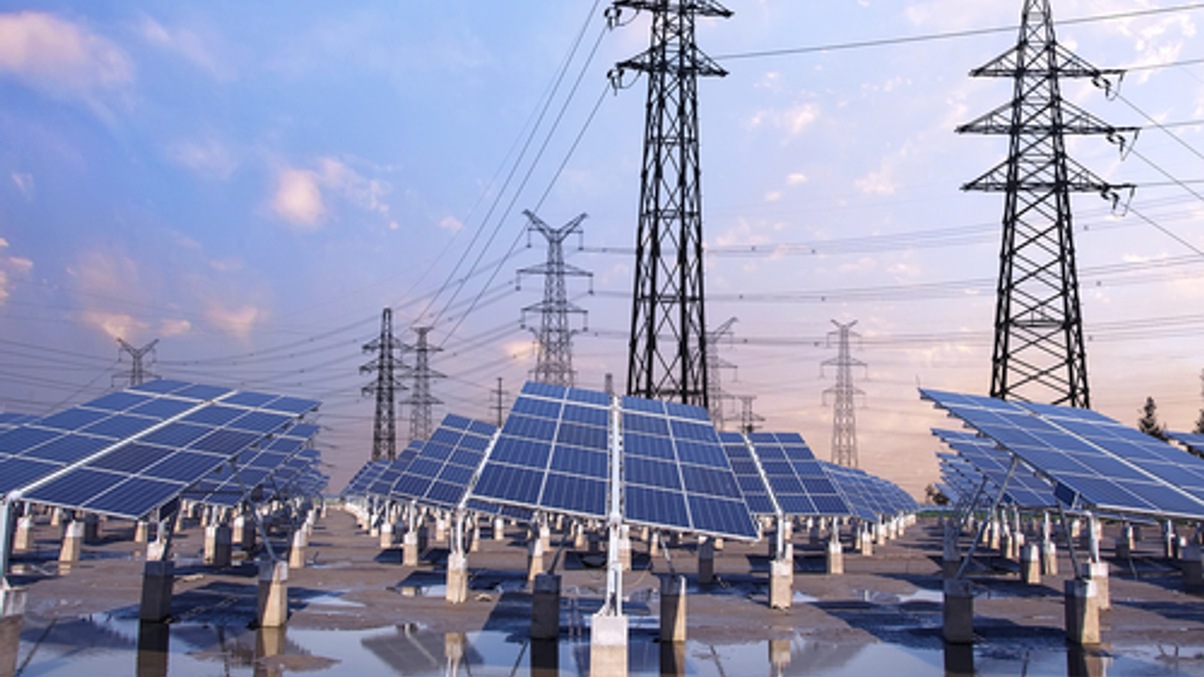Investors called to drive reduction in infrastructure emissions
The infrastructure sector is falling behind in adopting net-zero targets, according to two leading voices in sustainability.

Investors must work harder, both individually and together, to advance portfolio-level net-zero targets in the infrastructure sector, according to two leading voices in the sector.
Sign In to Your Account
Access Exclusive AsianInvestor Content!
Please sign in to your subscription to unlock full access to our premium AI resources.
Free Registration & 7-Day Trial
Register now to enjoy a 7-day free trial—no registration fees required. Click the link to get started.
Note: This free trial is a one-time offer.
¬ Haymarket Media Limited. All rights reserved.


